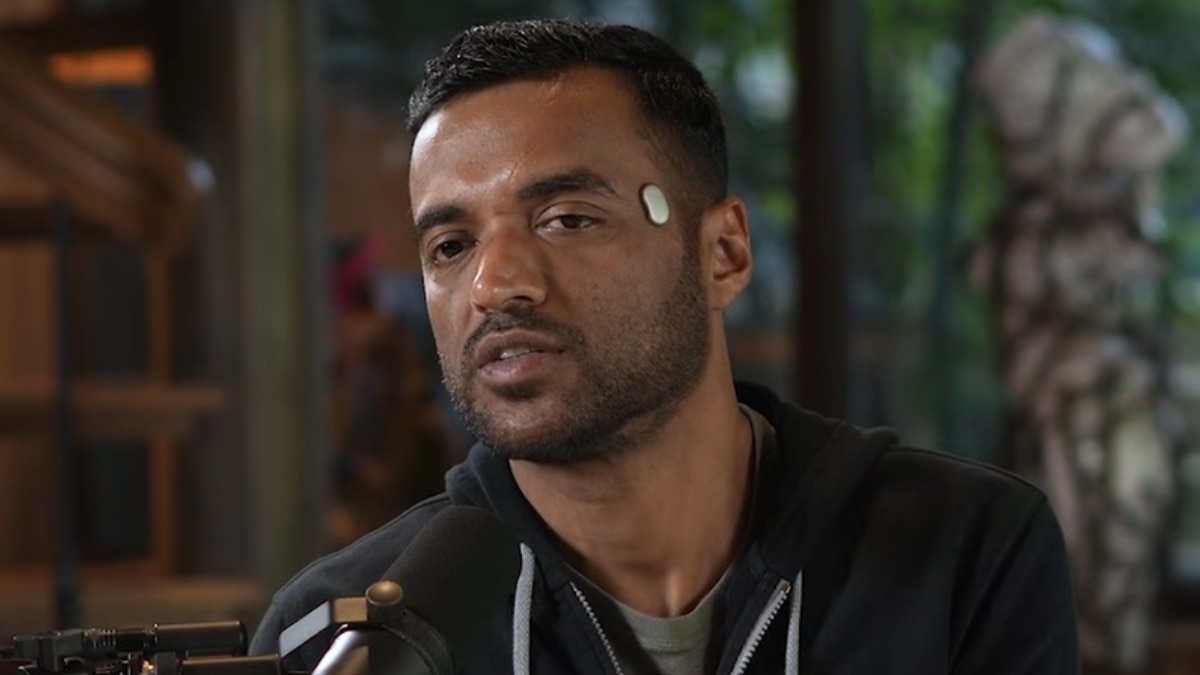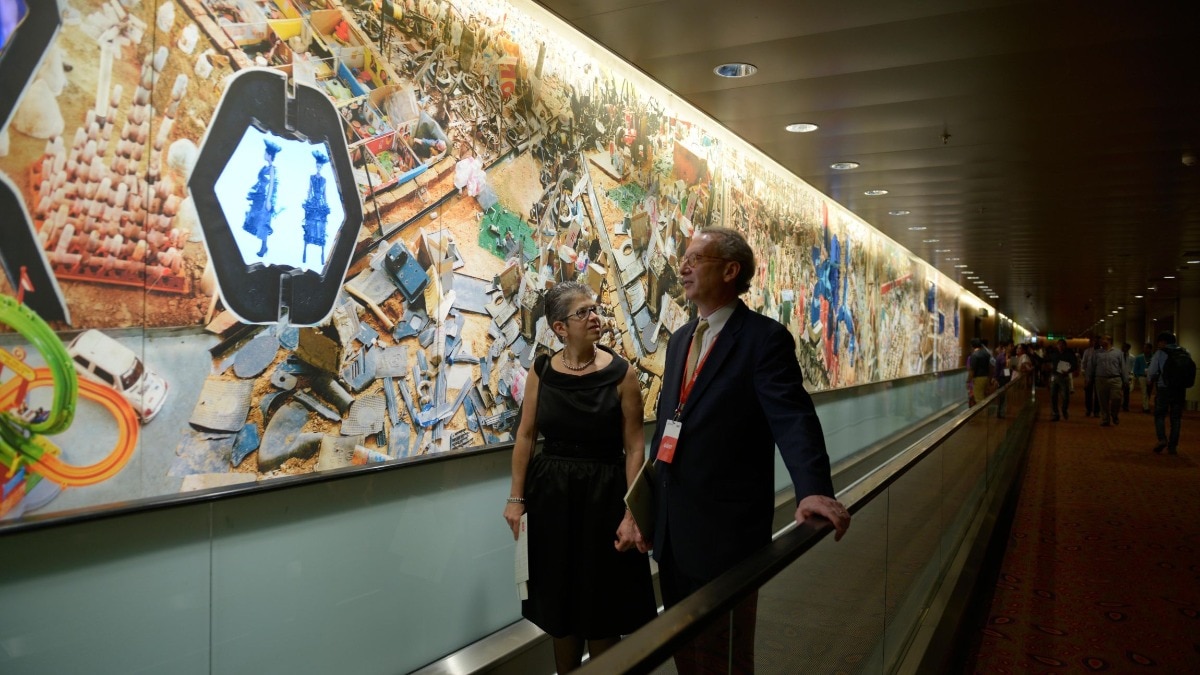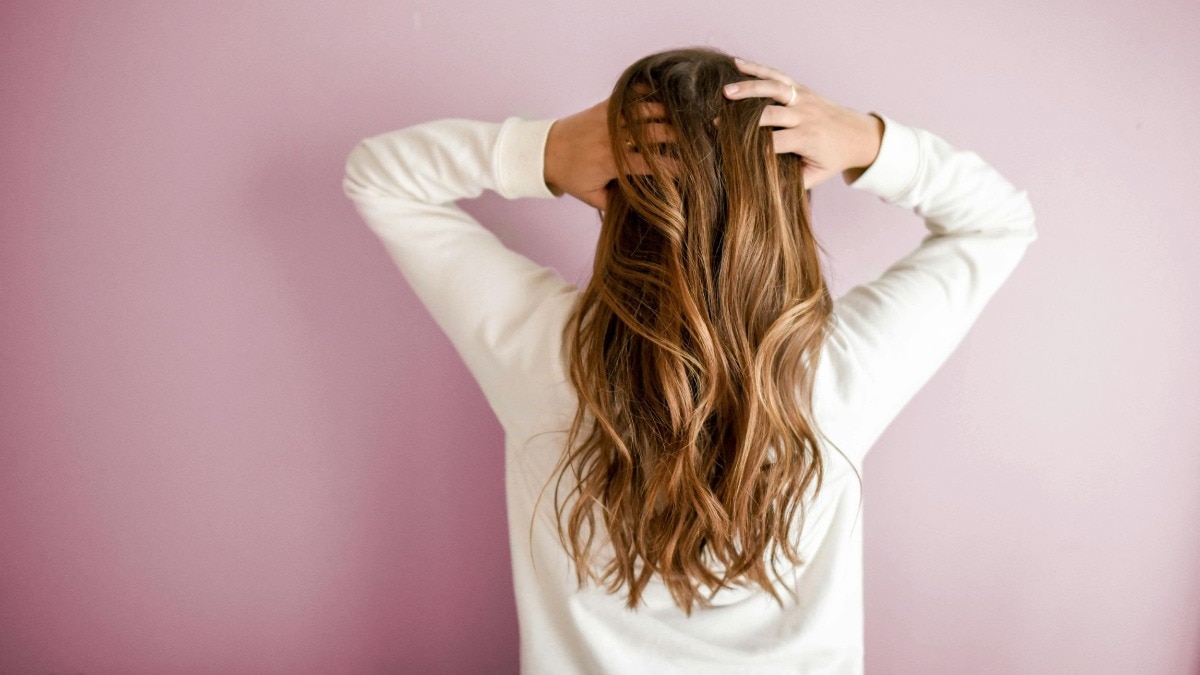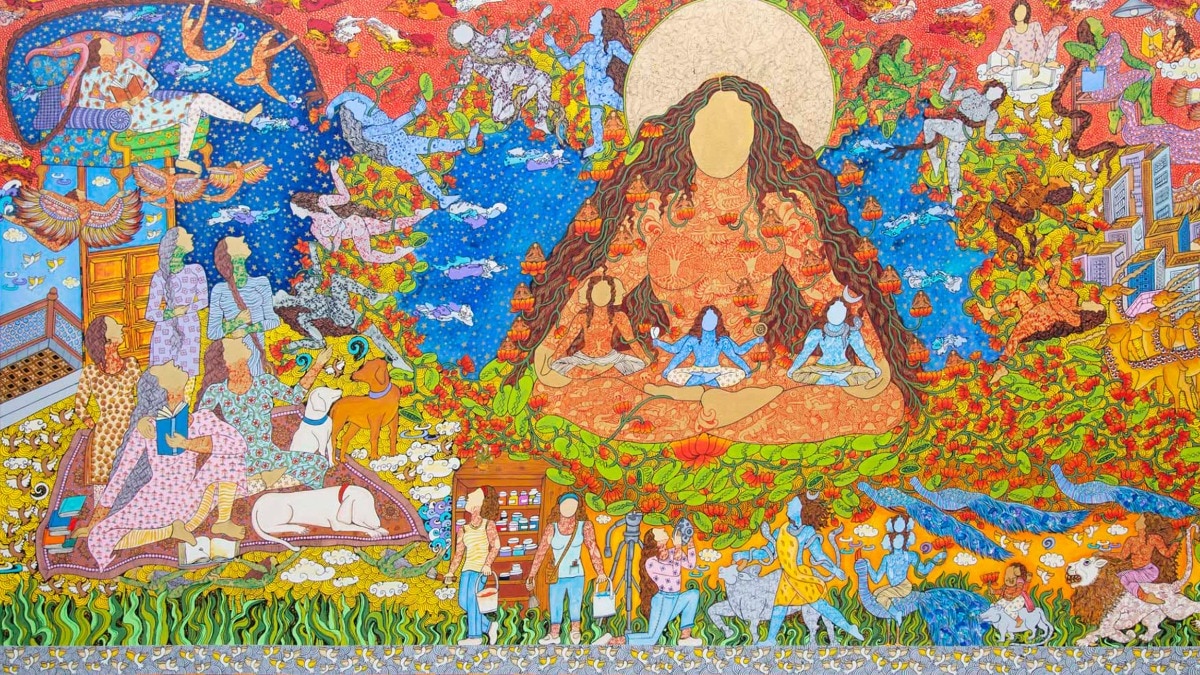
Celebrating 68 years of the legendary photographer Prabuddha Dasgupta
Ahead of his birth anniversary, Indian supermodels reminisce their time with the celebrated artist.


It was the early ’90s. Rohit Khosla and Tarun Tahiliani had opened Ensemble, the country’s first multi-designer boutique a few years ago, and Mehr Jesia was modelling for Khosla’s collections as his muse. “Rohit was my best friend,” Jesia recalls. “I used to go to Delhi for shows and hang out with him. One day he told me, ‘Mehr, there’s a new photographer I want to work with. Stay back and we’ll do a shoot with him.’ I asked, ‘What’s his name?’ and he said ‘Prabuddha Dasgupta’.”

Slightly bemused by the long name, she thought he would be an elderly man, she laughs. “I’ll never forget that first shoot. There was a black bolero jacket with fringes, and I just put my hand on my forehead. I remember Prabuddha telling me, ‘Mehr, just stay like that.’ Then he came and started arranging my fingers in a very different way from what I was doing. I was like, who does he think he is—I’m the supermodel and he’s telling me what to do.” Looking at the photograph post-shoot, Jesia was stunned at the sinister energy the image exuded, contrasted with the innocence in her face. “The way my fingers spoke!” she says. “He really taught me how to model.”
Model and beauty pageant title holder Madhu Sapre was also modelling for Khosla at that time. In a photograph from his 1992 Wild Side collection, she and Jesia stand back-to-back, their feathered garments exuding romance and glamour in Dasgupta’s signature monochrome. “He would say something I wouldn’t expect, and we would laugh,” says Sapre, “He would come and adjust the hair, or look in the mirror to see if he was getting the shot. He was a lovely person.”

Known as India’s first supermodel, Shyamoli Varma takes out a photograph from her portfolio where Dasgupta had written in a neat scrawl—‘To Shy, the most magical person ever to appear before my camera.’ She was shooting for Khosla’s 1991 Dust and Coal collection, arching her neck as she looked into the distance, holding a cigarette. “I remember I told him, ‘You’re such a liar!’,” she laughs. “Tarun and Prabhu were very close—three of us used to meet and talk about music, philosophy, books. Prabhu loved Leonard Cohen and so do I.” Once they were shooting in an old Parsi house in Bombay, Varma recalls. “Nes (Vanessa Vaz) and I were climbing over walls,” she laughs. “It was a dilapidated house with cobwebs. It was too funny with Roro (Khosla) shouting, ‘Girls, don’t fall flat on your face!’ and Prabhu scrambling with his camera.”

Dasgupta’s sensual, stark, and bold portrayal of women has stayed with Sapre. “He liked a dark eye and a gelled back hair look,” she recalls. “He loved my cheekbones!” Growing up, he was taken by Amrita Sher-Gill’s oil works of the interior lives of women, comfortable in their bodies. He was more into capturing people’s personalities, notes Sapre. “Who they are, their body forms,” she says. During the Khosla shoot, Varma was sitting on the steps with crossed legs, watching him photograph Vaz, with a hand on her cheek. “He clicked me and said, ‘Shy, don’t move again. Don’t move—just stay there for one minute’.” Model Nethra Raghuraman says, “He needed you to bring forth your essence. If you pose, he would stop.” He preferred working with dusky models and minimal make-up, and when Raghuraman landed in Goa in 2010 for a magazine cover shoot, she was asked to wet her hair in the sea—that was it for hair. “He liked earthy tones,” she reflects. “He didn’t chase colour. When he did choose colour, it was vibrant, but also muted.”
Jesia says photography was different earlier, with very soft focus. “We used to do dance shows. Rohit and Prabuddha came and changed the entire concept of fashion. Prabuddha was very clear about the way he wanted to do things,” Jesia tells Bazaar India. “Even going to the extent of telling designers they should visualise in a particular way.” Raghuraman recalls a monochrome De Beers advertisement with him when everyone was choosing colour. “He was like, ‘Trust me’,” she says. “For a long time after, people would come up to me and say, ‘You’re the De Beers girl. I know that smile’.” He was very artistic, says Ujjwala Raut, recalling the Gauguin-inspired Vama Stores’ shoot with him in Goa, during her early modelling days, with flowers in her hair, holding a basket. His father, artist Prodosh Dasgupta, was a sculptor, and that sculptural essence is clearly visible in his work, like in the Tuff Shoes advertisement. “Prabuddha’s use of natural light!” exclaims Varma. “It’s a true artist who can use natural light.”

There was no way he would be without his camera, recalls Jesia. “He was so in love with what he did—that was enough for him. He never wanted to progress to new-age camera. He’d say, ‘Listen, it’s going to take three seconds, don’t move’.” The fashion industry in India was booming when I started, says Sapre, “That era was full of experiments. Being part of that time is like, wow, it really happened! I always remember Prabuddha with the little half smile on his face, cigarette in his hand, and a camera, trying to get the right angle.”
All photos: Prabuddha Dasgupta
This article was first published in Harper's Bazaar India, September issue.
Also read: The un-trad rise of Nara Aziza Smith
Also read: Key trends from the international couture weeks that you should bookmark










